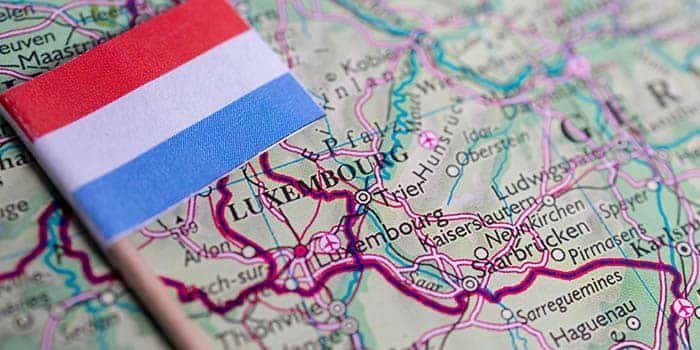Nature’s Crisis Reflects Human Microbiome Decline, Experts Warn

The ongoing extinction of species in the natural world parallels a significant decline within the human microbiome, with profound implications for public health. Experts emphasize that as biodiversity diminishes in ecosystems, similar losses occur at a microscopic level within our bodies, which can adversely affect health outcomes.
The human body hosts a diverse array of microorganisms, including viruses, fungi, and bacteria, collectively known as the human microbiome. These microbes play critical roles in digestion, immune regulation, and hormone balance. Most notably, approximately 90% of the cells in the human body are microbial. As people move through their environments, they interact with these microbes, creating dynamic ecosystems.
Modern lifestyles, however, are increasingly detrimental to these microbial communities. While many associate the nature crisis with deforestation and species extinction, a lesser-known yet equally concerning phenomenon is the loss of microbial diversity within human bodies. Anastasia Theodosiou from the University of Glasgow highlights this connection, stating, “What’s happening inside our own bodies is kind of mirroring what’s happening at a global ecosystem level.”
Research indicates that exposure to diverse natural environments can enhance the variety of beneficial microbes that inhabit human bodies. This concept, often referred to as the “biodiversity hypothesis,” suggests that people in urban areas—where biodiversity is typically lower—are more likely to experience inflammatory disorders such as allergies, asthma, and autoimmune diseases. Ina Schuppe Koistinen, an associate professor at the Karolinska Institute, notes that while infectious diseases have decreased, autoimmune conditions have risen, potentially linked to decreased microbial exposure.
The origins of the biodiversity hypothesis can be traced back to the Karelia Allergy Study, which began in the 1980s. Researchers observed significant differences in allergy prevalence between genetically similar populations living on either side of the Finnish-Russian border. Those in Finland, with a more urbanized lifestyle, exhibited higher rates of allergies, while their counterparts in Russia had much lower incidences.
As urbanization continues, with projections indicating that by 2050, approximately 70% of the global population will reside in urban areas, the disconnect from nature is expected to worsen. This separation not only weakens immune systems but also contributes to increased anxiety and respiratory conditions. Moreover, habitat destruction has emerged as a leading factor in the rise of infectious disease outbreaks, as the encroachment of humans into wildlife habitats fosters closer contact between species.
Encouragingly, recent studies reveal that efforts to enhance biodiversity in urban settings can yield substantial health benefits. A comprehensive review of 1,550 studies published last month indicated that initiatives such as tree planting and habitat restoration can lead to improvements in physical and mental health, healthier childhood development, and reduced exposure to pollutants. Erica Spotswood, a senior scientist at the San Francisco Estuary Institute, emphasizes the interconnectedness of biodiversity and human health, stating, “The potential for biodiversity and human health to benefit from taking action to green cities is huge.”
Evidence suggests that even brief encounters with nature can have immediate positive effects on the microbiome. A study from Finland found that just one month of gardening improved skin bacteria and enhanced immune responses. The contact with biodiverse soils, rather than the act of gardening itself, proved to be crucial.
The relationship between our health and the natural environment underscores the urgent need for collective action to preserve biodiversity. Protecting ecosystems can directly benefit our health, reinforcing the importance of living in harmony with nature. As society grapples with the reality of declining biodiversity, the call for action becomes more pressing than ever.
For further insights on biodiversity and its implications, follow the coverage from environmental reporters and continue to stay informed on this critical issue.






